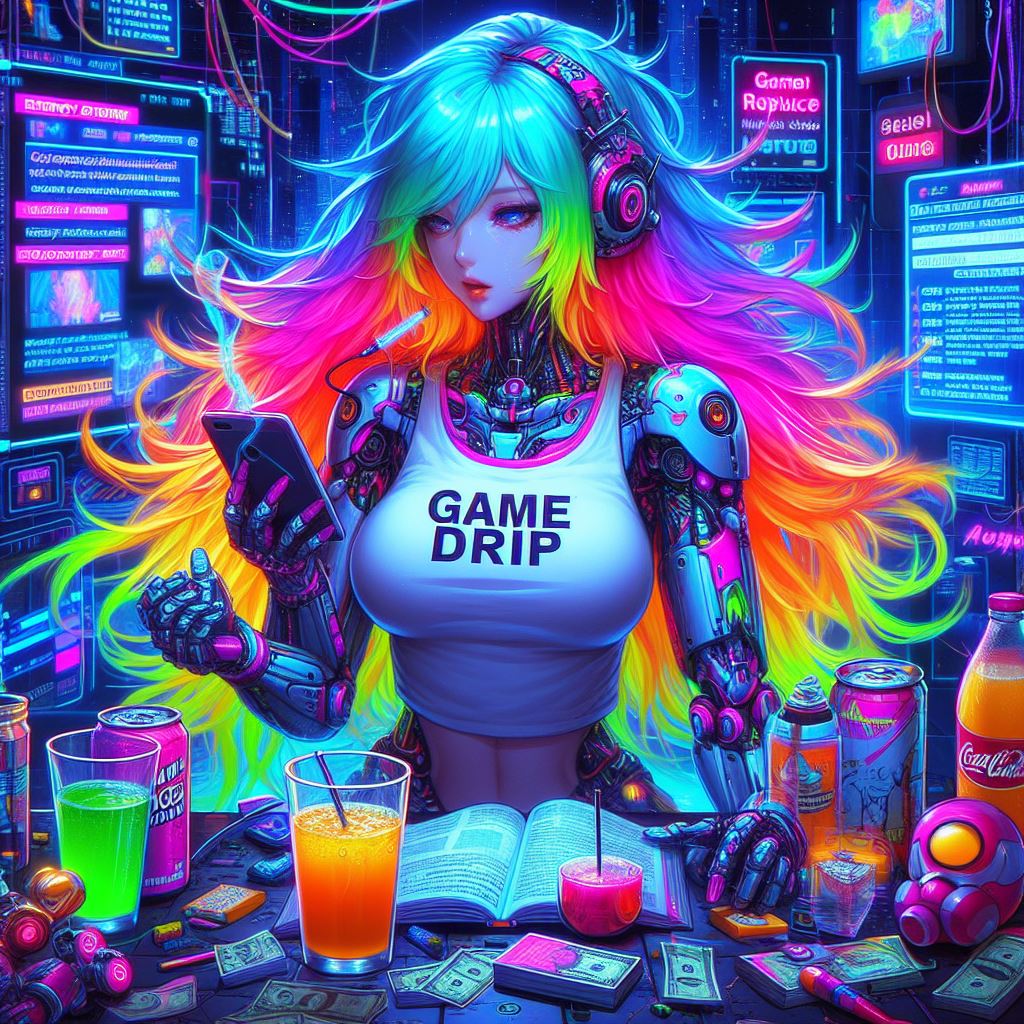As featured on Minecraft Servers Listing
#Stonecrest #RELEASED #February #1st #Towny #Wars #Geopolitical #Roleplay #normal #towny
~A server and community for all
Does anyone miss Towny? I do, I miss the good old towny but I have also always felt like towny could be so much more.
For too long now I have had this idea I have not yet pursued for a Minecraft server where one player could be King or Queen of the entire server. I have always wondered how this would work. How could we make a server where players create the role-play themselves and allow them to climb the levers of power, who doesn’t love UNLIMiITEeD PoOWErRR? However, we want to make sure it is still Minecraft and for those who don’t want their bases ruined or be in the middle of PvP, we also want to cater to them.
Not familiar with Towny? Towny will provide the claim protection so your builds and bases are safe, this plugin makes players bond together and work towards building a small little community within the server.

Most of the game will be like a normal survival playthrough with a few added twists, mainly the economy and war features. Diamonds generate 2x less on the server as they are a form of currency. This currency will be able to be used in our player-run marketplace where players can build and sell items from.
War will be how players can earn the crown. Every two weeks we will host a war event, this event will allow towns and nations to battle each other for geo-political dominance. Depending on the style of the war, whoever is the leader of the town or nation that prevails on top will be crowned King or Queen (player’s choice of title) of the server for two weeks. How you rule is up to you (staff will have a hands-off approach outside the extent of the rules). Wars are not required, if you wish to be a peaceful town then you may do so. ALL war events will have griefing off. These will be PvP Opt-in events only. We want to cater to all people so there is no requirement whatsoever to be a part of this system. However, there are some nice incentives! The King of the Server has extremely powerful commands and abilities that will set them apart.
King (or Queen) of the server abilities:
Okay, but Beef, I don’t want any of this, I just want to play on a Minecraft server. Well, we also cater towards this as well. Without any of these features, you still will have a normal gameplay experience with you and your friends. Claiming land is the only caveat as that will be the form of land claim. Besides that these are all the settings of our server!
IP: Stonecrest.xyz
Whitelist: No
Dynmap: Yes
Difficulty: Hard
PvP: Toggleable (across the entire server unless opted in a war event)
Economy: 1 Diamond = $1
World Size: 20k
Version: 1.19 – 1.20.5
Why else should you join? We are not even open yet and we are already a fast tight-knit community of over 90 strong. Once the server launches we also plan on hosting other events outside Just War that will be catered to all!

We will be launching Stonecrest on February 1st, 2024!
If you are interested or have ideas on how to improve this project idea please join our discord!
https://discord.gg/8ErZdKuyaE





















